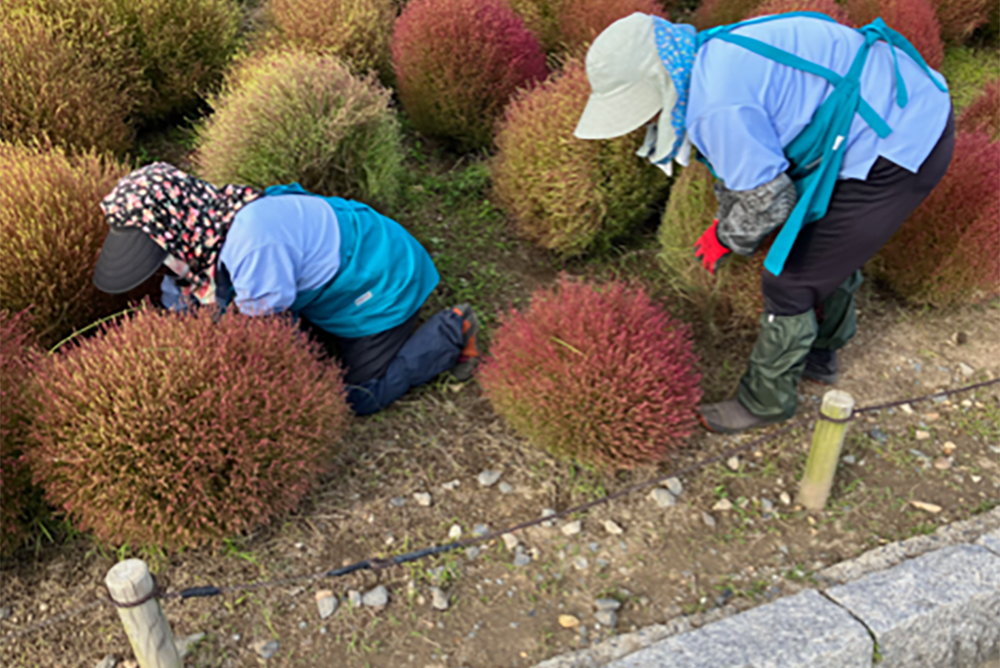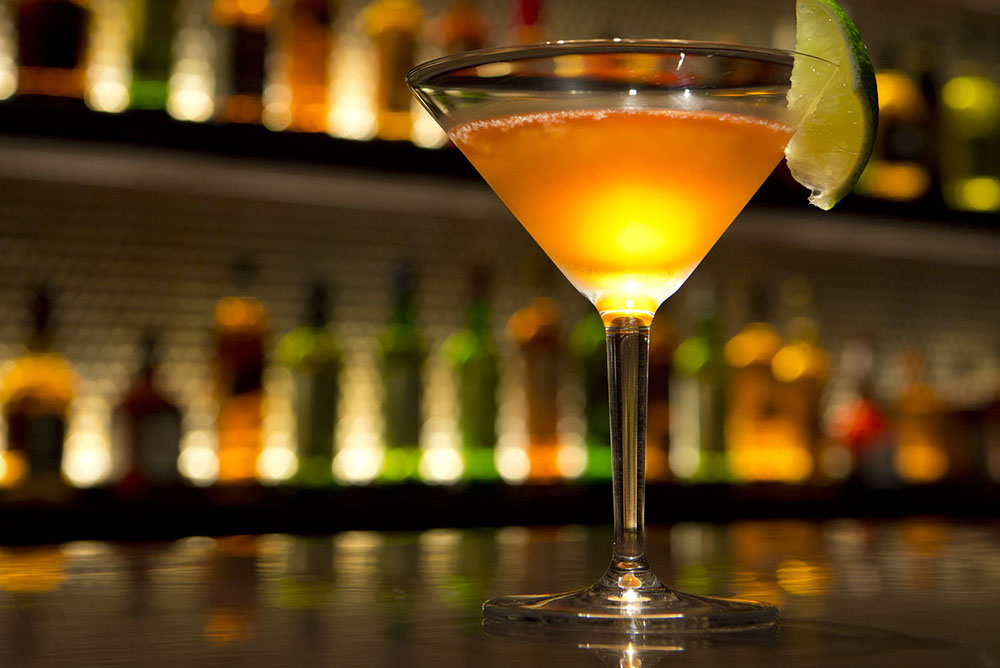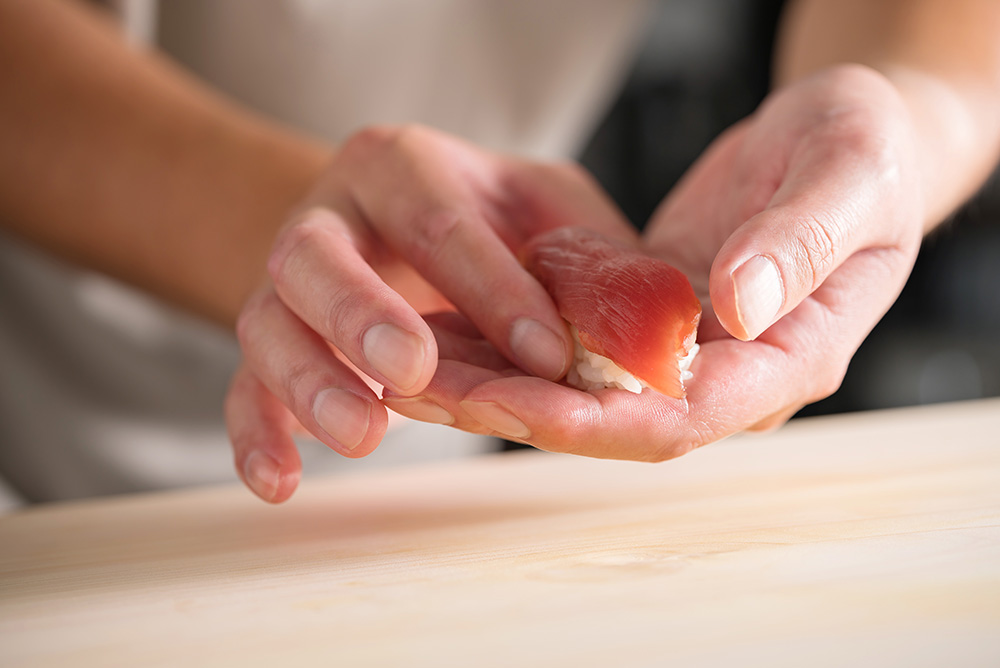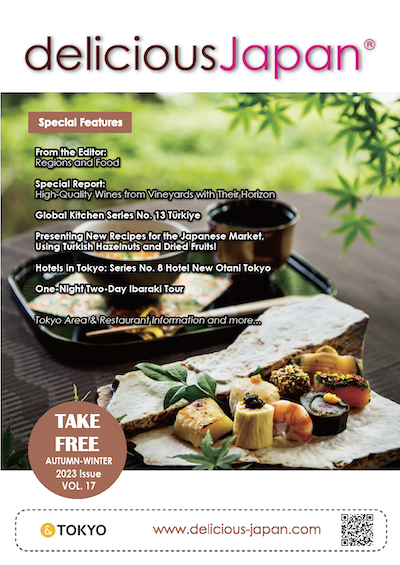
delicious Japan Sepecial Extra Edition -from the editor-
The First Japan’s Food Export Fair will take place at Makuhari Messe in Japan over three days, on the 11th to 13th of October 2017. The Japanese government has set a target of expanding exports of agricultural, forestry, and fisheries produce and food products to JPY1 trillion by 2019. This event has attracted high expectations from Japan and overseas as a trade fair organized with the cooperation of the Ministry of Agriculture, Forestry and Fisheries, and co-sponsorship of Japan External Trade Organization (JETRO).
The value of Japan’s exports of agricultural, forestry, and fisheries produce and food products in 2016 stood at JPY750.3 billion, up 0.7% on the preceding year, the fourth consecutive year of growth. Within that total, agricultural produce accounted for JPY459.5 billion (61%), with JPY264.0 billion from fishery products and JPY26.8 billion from forestry products. The main export destinations were: 1: Hong Kong (JPY185.3 billion), 2: USA (JPY104.5 billion), 3: Taiwan (JPY93.1 billion), 4: China (JPY89.9 billion), and 5: South Korea (JPY51.2 billion).
Japanese food, as exemplified by sushi and tempura, has long been regarded as healthy and cool in other countries. A survey conducted by the Ministry of Agriculture, Forestry and Fisheries in July 2015 found that there were 89,000 Japanese restaurants overseas. The inscription of Washoku (traditional dietary cultures of the Japanese) by UNESCO as intangible cultural heritage in December 2013 provided a further boost. In fact, seven out of ten foreigners visiting Japan give “experiencing food in Japan” as one of their greatest interests in Japan. Many visitors to Japan become fans of its food and visit their local Japanese restaurants after they return home.
The reasons for the popularity of washoku include its visual beauty, which takes the seasons and their colors into account and even extends to care about the serving dishes, and the characteristic “nutritional balance that supports health diet” that has been recognized by UNESCO as valuable. That value is seen in the traditional fermented ingredients that are traditional foods, born from Japan’s unique land and climate as a mountainous island.
The creation of traditional foods draws on the produce of the land, and its climate and character, and often embodies the knowledge, skills, and ingenuity of the local people. Japan, characterized by traditional foods with roots in each region, and by a warm and humid climate, has given birth to one of the world’s foremost fermented food cultures. The basic condiments of washoku, which are soy sauce, mirin, miso, and vinegar, are all produced by fermentation.
This special extra edition of Delicious Japan is dedicated to Japan’s Food Export Fair. We fervently hope that Japan’s traditional foods will spread overseas, making more people health and happy through the benefits of Japanese food.





